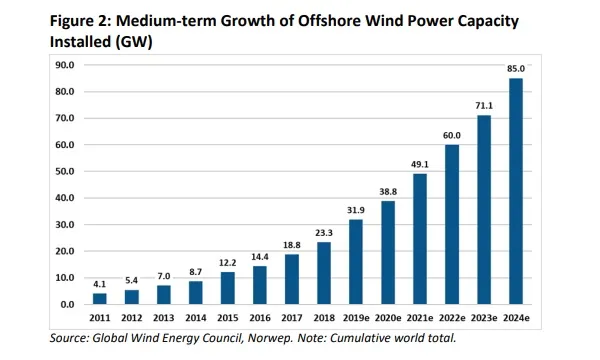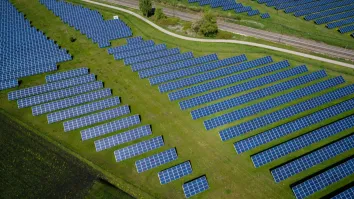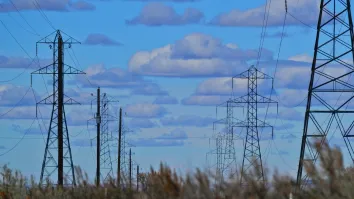
Offshore wind to pick up speed in Asia's emerging markets
Its governments will no longer need to subsidise the industry.
Offshore wind power development is expected to speed up in Asia’s emerging markets as they phase out nuclear power fleets whilst increasingly reducing dependence on imported coal, according to the Institute for Energy Economics and Financial Analysis (IEEFA).
According to IEEFA director of energy finance studies Tim Buckley, despite governments in the region subsidising the first movers in the industry to provide footing, offshore wind energy auctions in Asia have been dropping in prices within one year.
“We expect this trend to continue, and the need for offshore wind subsidies to quickly subside,” Buckley said.
In particular, China has been found to lead globally in annual offshore wind capacity installations in 2018, installing 1.8GW compared to the previous leaders UK and Germany with 1.3GW and 0.9GW respectively.
IEEFA suggested for South and Southeast Asian economies like India, Vietnam and the Philippines to plan for new investment and for Europe and North Asia to lead in the offshore wind learning curve and supply chain establishment.
Globally, offshore wind has been emerging as the third go-to renewable investment along with solar and onshore wind, noted to share its advantages. Its capacity has nearly doubled to 23GW in end-2018 from 12GW in end-2015.
“This is due to improvements in turbine technology, recognition of the low externalities, the innovative financing models, scale and appetite for international investment, in addition to the learning gained from other industries such as maritime services,” Buckley wrote.



















 Advertise
Advertise






